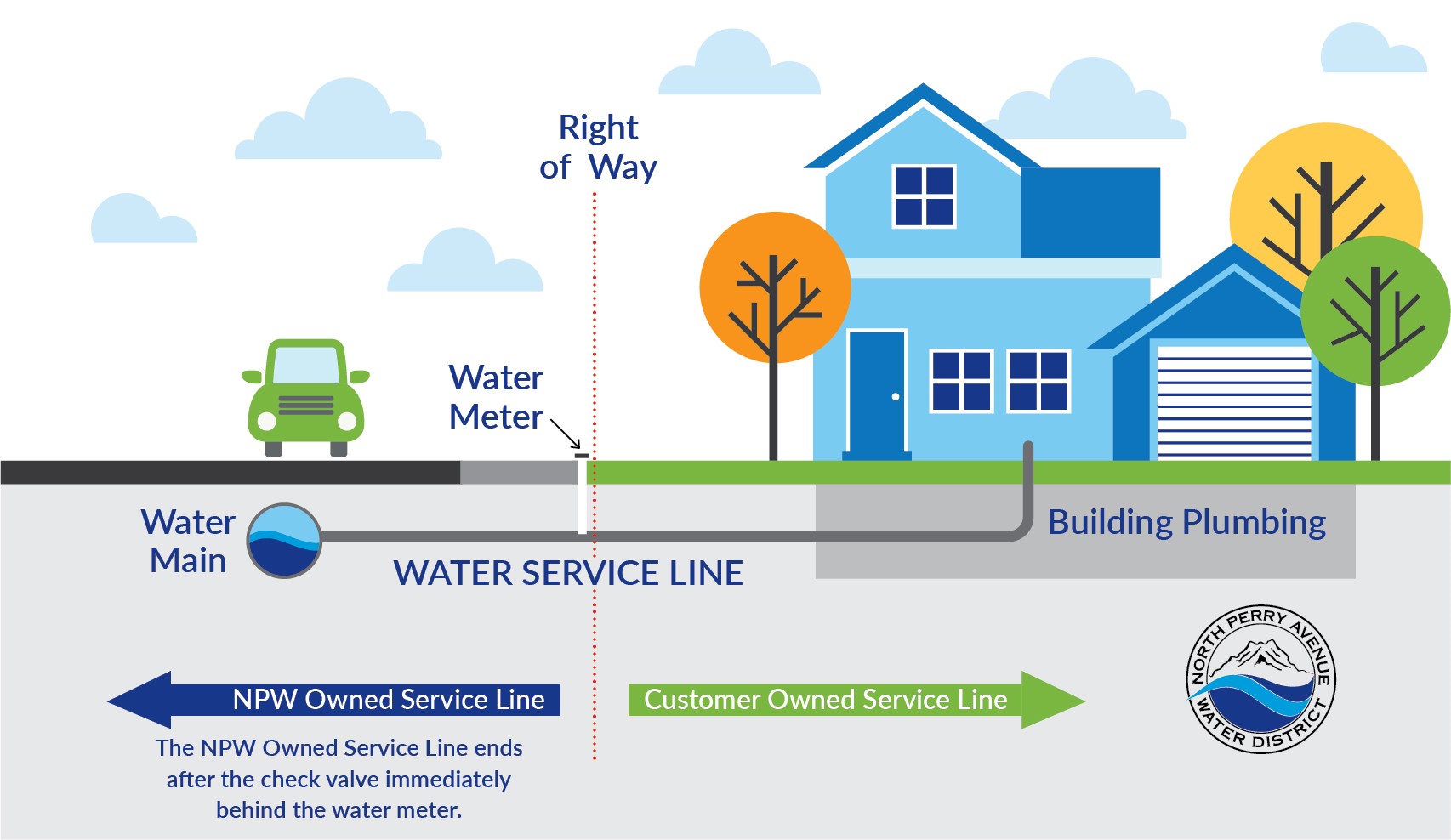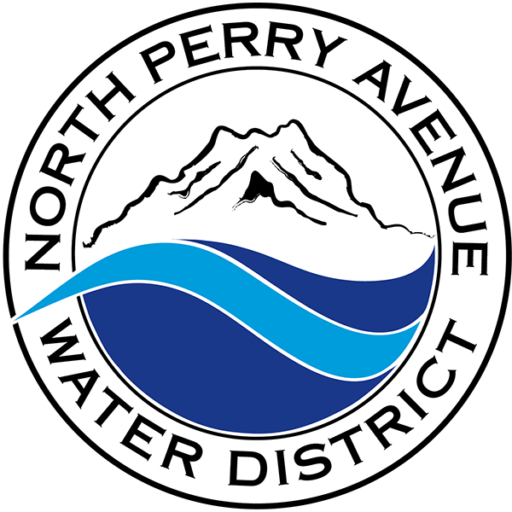Lead Compliance
bill credit opportunity
NOTICE: If you are having trouble accessing the survey link, please check back at another time. Due to the number of customers filling out the survey, the system is displaying an error as it cannot keep up with the demand at times.
Lead Service Line Inventory Project
On December 16, 2021, after a public comment period, the U.S. Environmental Protection Agency (EPA) announced new revisions to the Lead and Copper Rule (LCR), the first significant changes in over 30 years. The EPA’s new rule, referred to as the Lead and Copper Rule Improvements (LCRI), aims to strengthen the LCR to better protect children and communities from the risks of lead exposure. The EPA identified priority improvements for the LCRI: 1) proactive and equitable lead service line replacement (LSLR); 2) strengthening compliance tap sampling to better identify communities most at risk of lead in drinking water and to compel reduction actions; and 3) reducing the complexity of the regulation through improvement of the action and trigger level construct.
The North Perry Avenue Water District operates as a Group A water system (water systems with 15 or more service connections) and is regulated by the Washington State Department of Health.
The District as a Group A water system has successfully complied with the LCRI as of October 16, 2024. The District intends to meet the compliance tap sampling requirements through its routine water quality monitoring program. Compliance with the LSLR provisions, however, required greater effort to create an inventory of District water system connections that identified any lead service lines requiring replacement prior to the 2024 deadline. A service line is the pipeline between the public water main and the customer’s structure (home, apartment, business, etc.). In many cases, including the District, service line ownership is split meaning that the system (District) owns a portion and the customer owns a portion of the service line, as shown in the image below.

To complete a service line inventory, the District has identified the tasks summarized below. The initial inventory has been completed using an EPA-supplied service line inventory template.
Task 1: Historical Records Review
The District will review all available records to define the material used for both District- and customer-owned portions of as many service lines as possible. Records may include:
- Construction records and plumbing codes (e.g., Kitsap County building construction records)
- Water system records (e.g., as-built records, engineering standards, etc.)
- Inspection records (e.g., tap cards, service line repair/replacement records, etc.)
Completion of this task will allow for reduction of the number of service lines requiring physical inspection to define the material composition. For example, if the Kitsap County records indicate that a home was constructed after the 1986 federal ban of lead service lines, then its associated service line may be categorized as non-lead and no further investigation is required.
Task 2: Identify Service Line Material During Normal Operations
The District has adopted a standard operating procedure for repairs to water mains and/or service lines that District staff conduct to record the material and diameter of any service line encountered in the District’s asset management system. This will allow for confirmation of any service lines previously categorized through the historical records review process, as well as definition of material for any service lines that records were not identified for. Each water service line inventory will be updated, as necessary, up to and after the October 2024 compliance deadline.
Task 3: Service Line Investigations
For those service lines whose material remains categorized as unknown through Tasks 1 and 2, the District will conduct additional categorization efforts, such as visual inspection of the service line entering each side of the water meter box, excavate to the service line at specific locations, and/or use predictive modelling to identify potential lead service lines. Any physical investigation of customer-owned service lines will not be completed without prior approval of the property owner. Investigation findings will be added to the inventory as information becomes available.
Task 4: Inventory and Lead Service Line Replacement Plan Submittal
Prior to the October 16, 2024 LCRI deadline, the inventory was completed and submitted to DOH. Should any of the systems be found to have lead service lines, a plan for replacement of those lines will also be prepared and submitted to DOH.
Current Lead Service Line Inventory
View the initial Lead Service Line Inventory by clicking on the following link.
Project Schedule
Task 1: Historical Records Review — completed
Task 2: Identify Service Line Material During Normal Operation — ongoing
Task 3: Service Line Investigations — ongoing
Task 4: Inventory and Lead Service Line Replacement Plan Submittal — completed prior to October 16, 2024
Project Cost
The District plans to complete all work in-house to limit costs.
